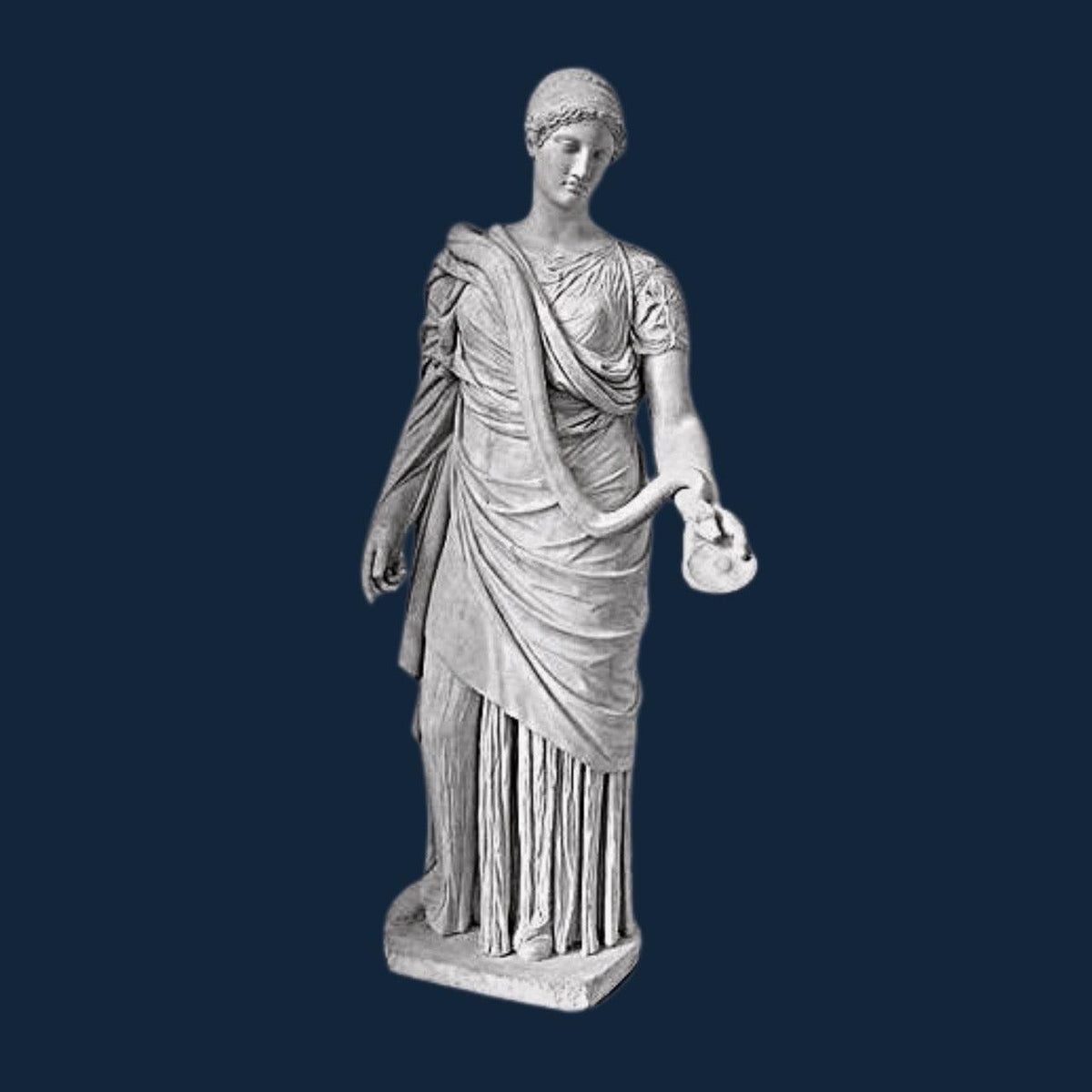Panaceia: The Goddess of Curatives
Jun 30, 22

Panaceia: The Goddess of Curatives
Panacea, the goddess of curatives, was worshipped in Greece and elsewhere as the patron of health and healing. She was also known as Asclepius, the god of medicine. It is believed that this deity originated when she sacrificed a mouse that had swallowed a serpent.
The mouse became ill after eating the venomous snake, so he asked Panacea to save him by sacrificing one of his own organs in order to extract the healing power from it.
Panacea’s name means “all remedies” or “the best cure”. In ancient Greece, she was referred to as Asklepios; her Roman equivalent was known as Asclepius. These names came from Greek words: asklepion – a small temple for treating minor ailments; and epi – upon or over (as if above).
Thus, Asklepios means “surgery upon small things” and Asclepius means “surgery upon large things” (such as surgeries involving several organs at once). The Greeks considered Panacea their greatest healer and thus worshipped her in many temples throughout the country.
Her most famous shrine was on Crete where her temple was called Asklepieion (after her original name). She also had shrines built in Athens and other Greek cities.
Greek Mythology and Origin of the Goddess
The earliest references to the goddess Panacea are found in Greek myths. According to some stories, the human race began after a cosmic struggle between the forces of light and the forces of darkness.
The goddess of light, known as Eos, was pregnant with the human race. She had been attacked by a monster, which later became known as the god of darkness, Nyx. In order to prevent the birth of Nyx, Eos had to make a blood sacrifice.
Although this sacrifice saved the human race, it left her weak. When her son, the god of light Apollo, was born, Eos recovered her strength. The recently born baby left a drop of blood behind that had the power to cure diseases and injuries.
The gods collected the drop of blood to keep it safe and have it available for everyone. The drop of blood became the goddess Asklepios, who was worshipped in the temples on the island of Crete.
The Greeks also worshipped the goddess in other temples spread across the country. The Greeks believed that the goddess came to Earth to teach the art of medicine to humankind.
She was also believed to be the creator of herbal medicines. The goddess was also known as “the one who heals all things”.
Symbolism of Panacea
The most common representation of the goddess Panacea was as a woman with a serpent as a headdress. In most statues, she is shown holding a bowl with a snake or a lizard in it.
The bowl symbolises the “all things” she heals. The image of the goddess with a snake or lizard represents the healing power of the goddess. The goddess is also represented with the symbol of staff or a shepherd’s crook.
Other symbols that the goddess was often shown include A pair of scales, a pair of pomegranates, a calabash (type of gourd), a bag of money or a bag of medicine.
Greek goddesses with healing power
While the goddess Asklepios was worshipped in Cretan temples, others were worshipped in temples in various parts of Greece.
These included
Artemis - the goddess of hunting, childbirth and the protector of young women
Danae - the goddess of health and well-being
Ergot - the guardian of crops, who protects people and livestock from disease
Iris - the goddess of the rainbow, the messenger of the goddess of the sky, and protector against envy
Machaon - a god who was worshipped as the “master of the sick”
Minerva - the goddess of wisdom and the protector of craftsmen
Protogone - the goddess of spring, protector of young women and children
Sophia - the goddess of wisdom
Thalia - the goddess of health and well-being
Zeus - the king of the gods, the protector of all people.
Other functions of the goddess
Besides the healing aspect that was linked to the goddess Panacea, she was also associated with prophecy, music and art. Some myths show that the goddess was very protective of humankind. To defend her people, she changed into a lion, a serpent and other animals.
These transformations showed that the goddess was Omnipotent as she could change into any animal if she needed to defend herself. The goddess was also associated with the seasons.
Each season was associated with a different aspect of her.
Spring: the goddess of wisdom and protector of craftsmen.
Summer: the goddess of health and well-being.
Autumn: the goddess of the autumn harvest, protector of young women and children.
Winter: the goddess of the seasons and protector of people from the cold.
Famous temples to the Goddess Panacea
The Asklepion - This was the most famous temple to the goddess Panacea. It was built on the island of Kos in Greece.
The Asklepieion of Epidauros - This was one of the oldest and the most important temples to the goddess Panacea. It was built on the hill overlooking the town of Epidauros in Greece.
The Asklepieion of Kos - This was also called the “temple of the healing god”. It was dedicated to the goddess Asklepios. It was situated on the island of Kos.
The Asklepieion of Delphi - This was the most famous and important temple to the goddess Panacea. It was situated on the rock overlooking the city of Delphi in Greece.
The Asklepieion of Syracuse - This was a temple to the goddess Asklepios, built on the island of Syracuse in Italy.





